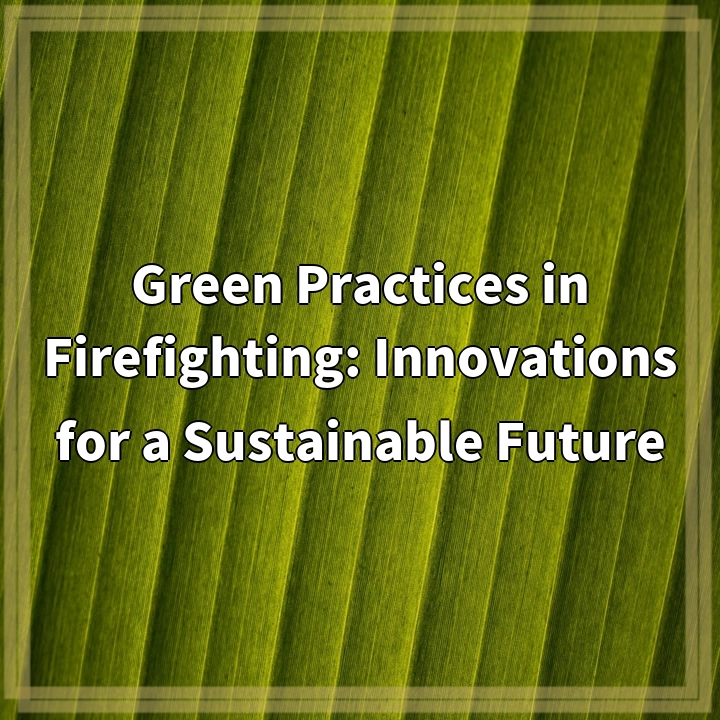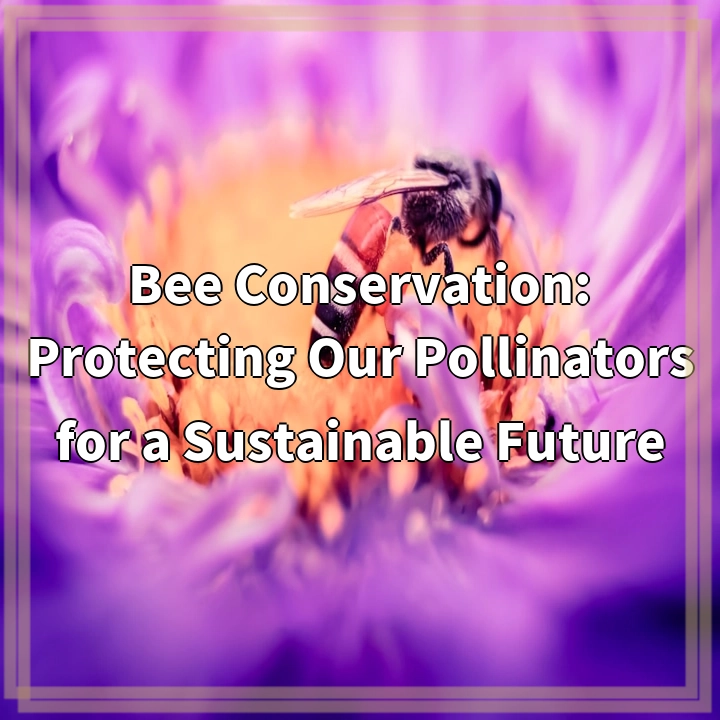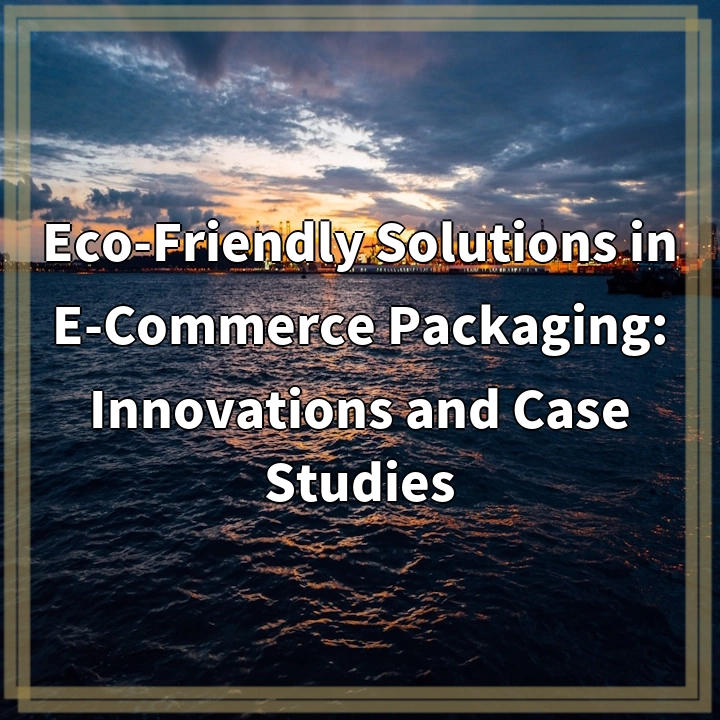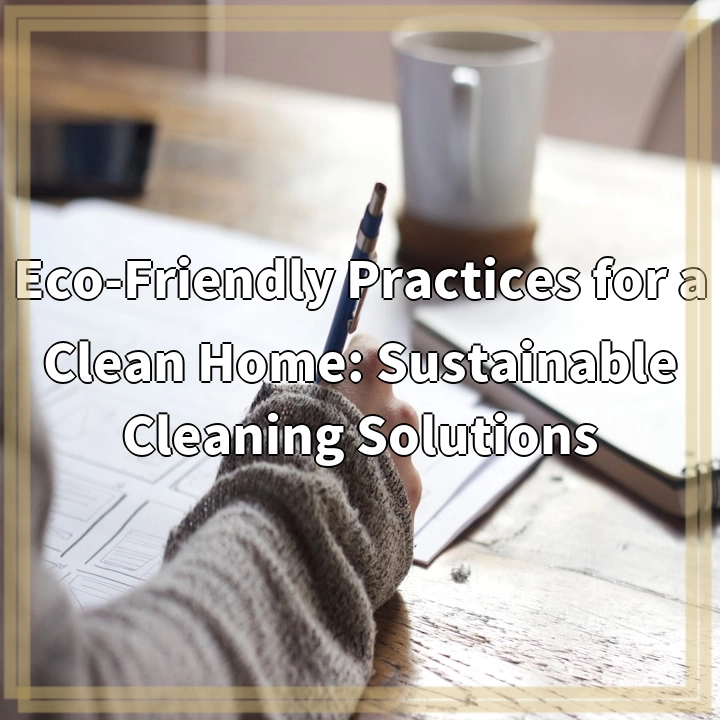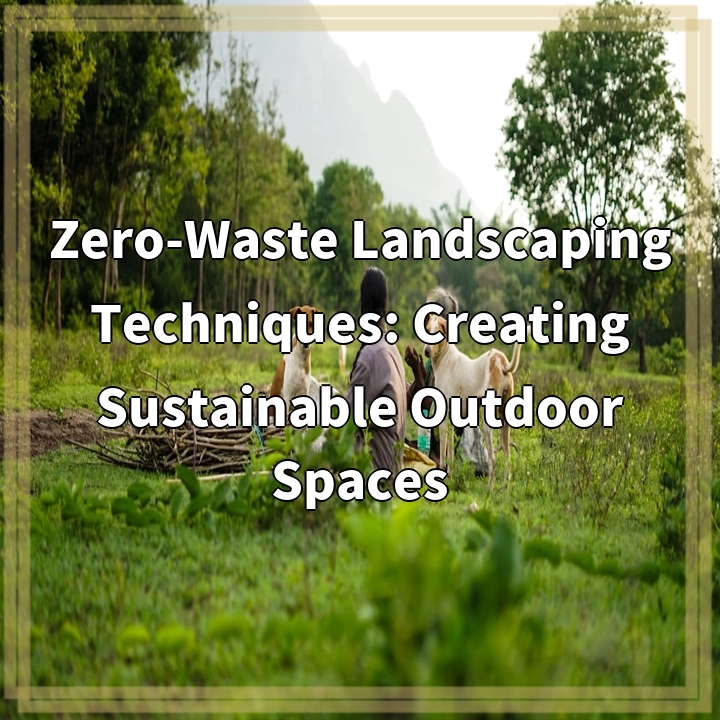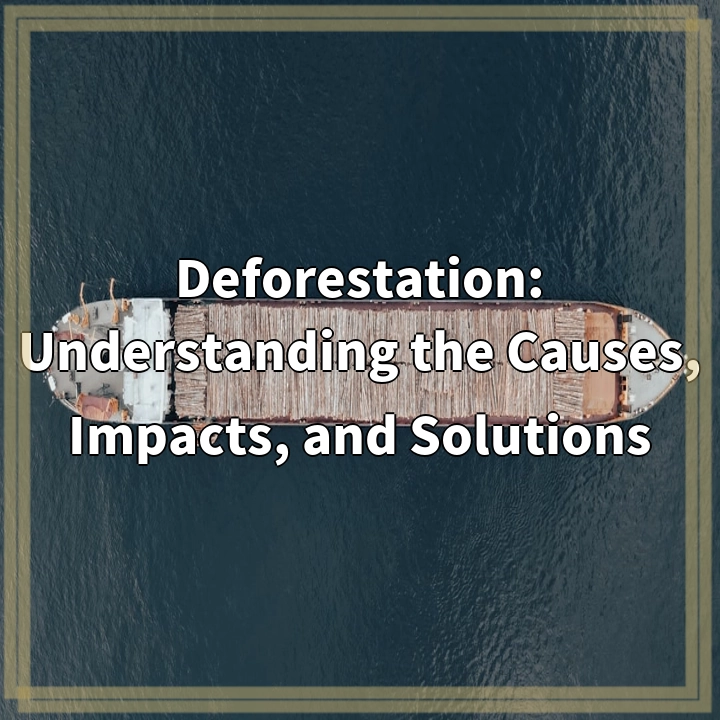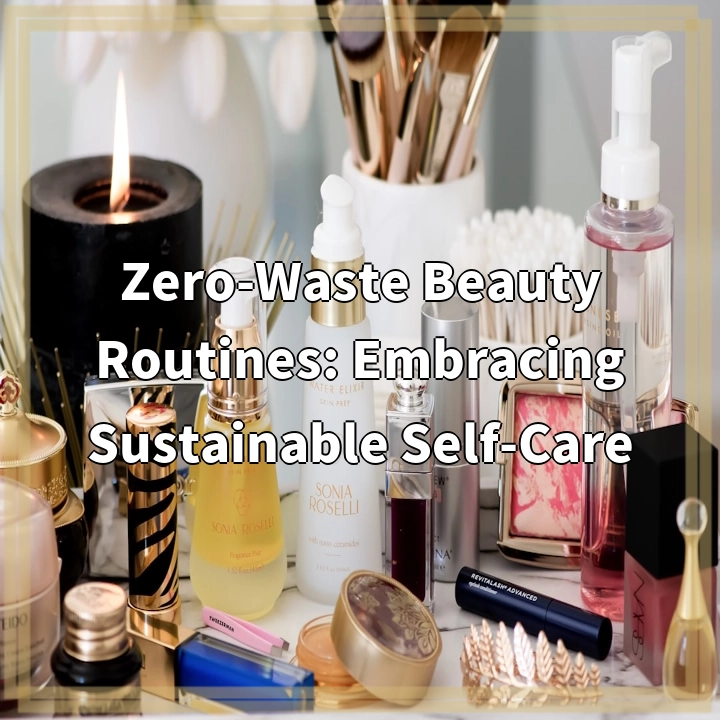Green Practices in Firefighting: Innovations for a Sustainable Future
What it is: Green practices in firefighting refer to environmentally conscious strategies and technologies that aim to reduce the ecological impact of firefighting operations. These practices focus on minimizing pollution, conserving natural resources, and promoting sustainability within fire departments. Innovations in this area include the use of eco-friendly firefighting foams, energy-efficient vehicles, and …
Green Practices in Firefighting: Innovations for a Sustainable Future Read More »

